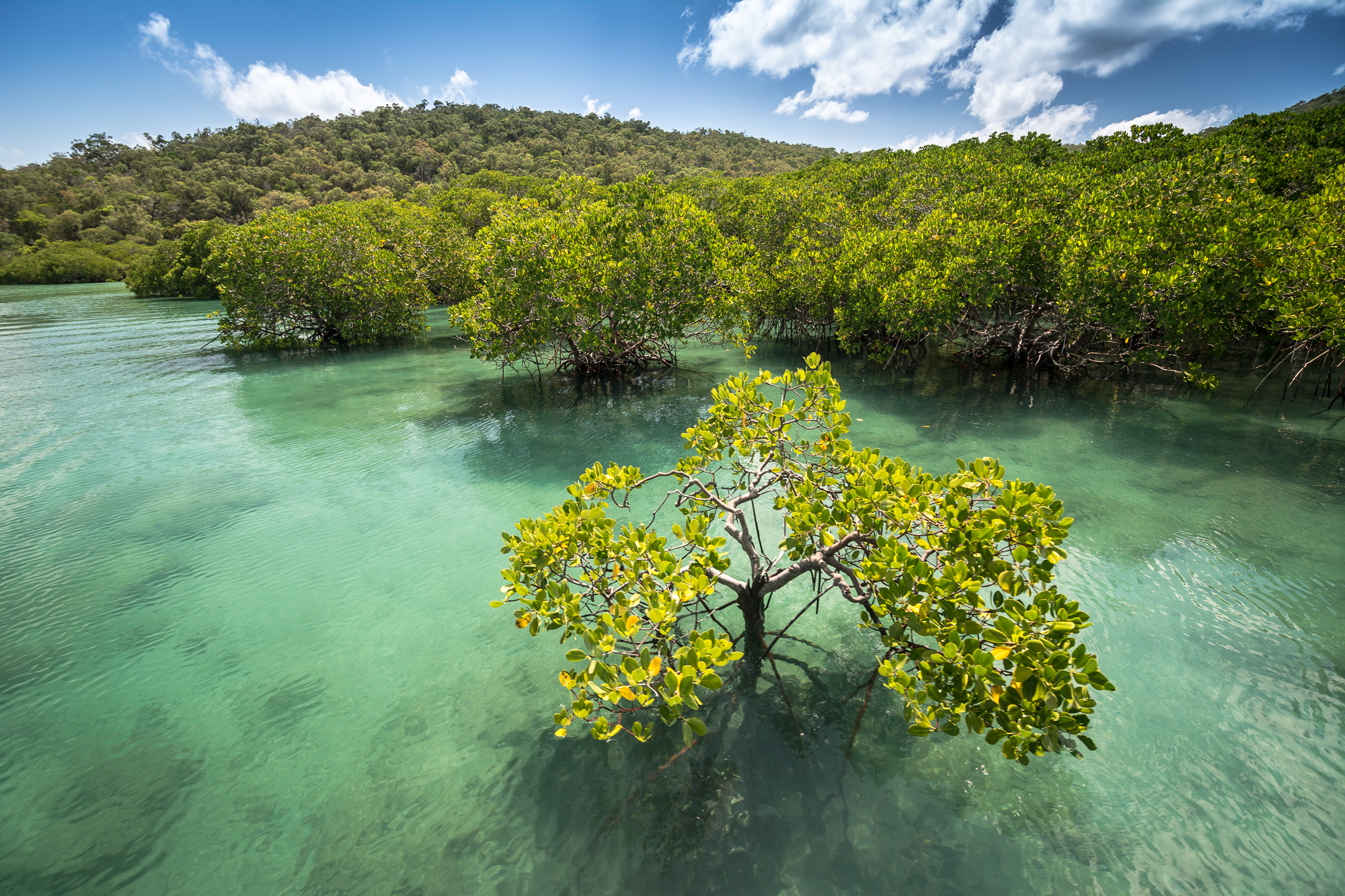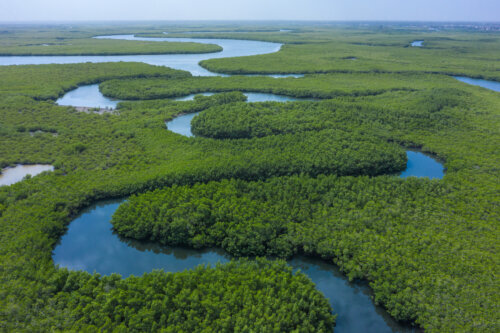
Why Mangrove Restoration Works
Why Mangrove Restoration Works
The climate crisis is complex, but we know a simple solution that works for people and planet: science-based mangrove restoration. These ecological powerhouses protect coastlines, support communities, and lock away carbon — all at once. In the face of daunting global challenges, rehabilitating them is a proven approach we can implement now, with measurable impact.
After decades of on-the-ground experience, scientific research, and community engagement, the answer is clear: mangrove rehabilitation works — when done thoughtfully and with the right approach.
Here are the key reasons why restoring mangroves delivers real and lasting results:
Working with nature, not against it
Successfully restoring mangroves starts with understanding the natural environment — from tidal flows and soil conditions to the species best suited for each location. Mangroves are highly specialized ecosystems that rely on specific conditions to thrive. Recovery efforts that mimic or restore these natural processes, rather than sporadically planting trees where they don’t belong, creates a foundation for healthy, self-sustaining mangrove forests.
Addressing the root causes of degradation
The most successful efforts to revive mangroves go beyond planting trees — they address the root causes of mangrove loss. Whether it’s blocked tidal flow, pollution, land reclamation, or unsustainable development, it requires a holistic approach that removes or mitigates these barriers — allowing mangroves to regenerate naturally over time. Looking at the entire ecosystem through a broader lens in this way not only brings degraded habitats back to life, but ensures they stay healthy for generations to come.
Empowering local communities
Mangroves are often at the heart of coastal communities’ livelihoods and wellbeing — providing food, protection from storms, and sustainable sources of income. Bringing back mangroves while simultaneously engaging and empowering these communities from the start builds local ownership, knowledge, and stewardship. This not only ensures the long-term care and protection of restored areas, but also strengthens social resilience.
Bridging science with traditional knowledge
Restoration that combines scientific methods with local knowledge achieves the best results. Science helps identify the right species, ideal site conditions, and monitoring approaches. At the same time, traditional knowledge provides valuable insights into how mangroves have been used by communities, what the mangrove landscape looked like in the past, and lessons learned from previous recovery attempts.
Delivering benefits beyond trees
The rehabilitation of mangroves is about much more than just the trees. Healthy mangroves stabilize shorelines, filter pollutants, store vast amounts of carbon, and support diverse marine life — all critical services that benefit both people and nature. This multifunctional value makes the rehabilitation of mangroves a powerful tool in addressing climate change, biodiversity loss, and coastal protection.
Supporting cost-effective and scalable solutions
When mangrove recovery efforts focus on restoring natural hydrology and supporting natural regeneration, it can be surprisingly cost-effective. Techniques like Community-Based Ecological Mangrove Restoration (CBEMR) reduce the need for expensive planting and maintenance by letting nature take the lead. This approach can be scaled across regions and countries, making mangrove restoration a practical solution for many coastal areas.
Help us scale what works: Become a donor and support evidence-based restoration this World Mangrove Day. Visit: mangroveactionproject.org/donate

